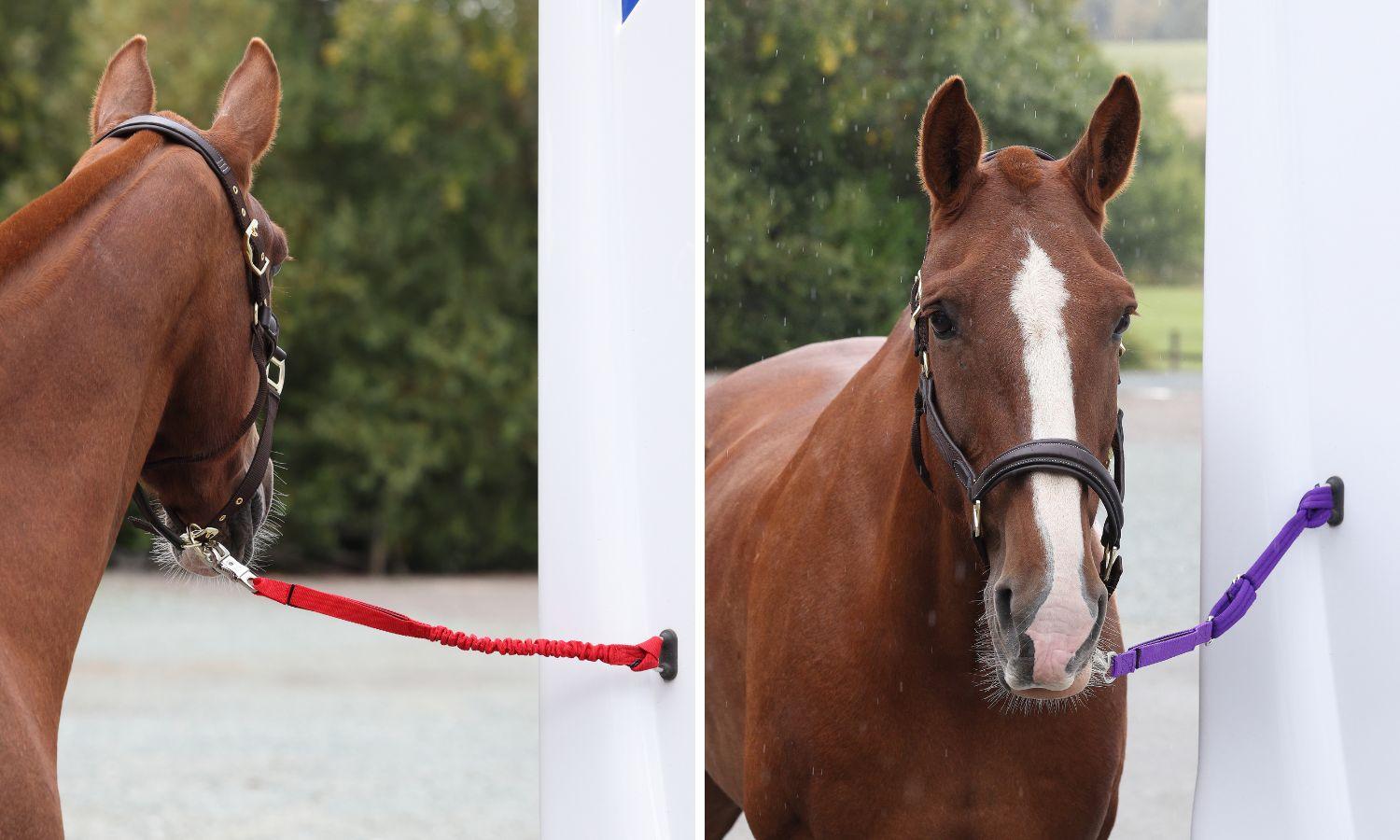The Best Trailer Ties for Horses
Trailer ties are a useful addition to your kit as they provide a safe way to manage your horse in the trailer, in the yard or in the stable. Discover some of the best trailer ties for horses with the guide below.
Behind the Scenes at an Event: Risk Management
Everyone in the sport is aware that eventing is a high-risk activity. We partner with 1200 lb prey animals and ask them to fancy prance, jump fixed obstacles at high speed, and stay quick-footed over colored poles. What could possibly go wrong?
How a Helmet Saved Silva Martin
When Team SmartPak Rider Silva Martin saddles up, it’s always with a helmet. Silva’s riding career has taken her from Germany all across the world before she settled in the United States in 2007—well before helmets were popular in dressage. When the traditional top hat ruled the dressage ring, ri...
Wildfires Create a Fluid Situation for Event Organizers
Morgan Rowsell had just wrapped up organizing a successful Essex H.T. in Far Hills, New Jersey, on June 4, but as he turned his attention to his next show two weeks later, he was faced with challenges presented by the effects that wildfires from Canada are now having on equestrian sports in the N...
US Equestrian Live Webinar: EHV-1 Outbreak Information
On Monday, March 8 at 5:00 p.m. Eastern, USEF will host a member webinar providing updates on the impacts of the case of EHV-1 (neurological) reported in Ocala, Florida. This case is similar in nature, but unrelated to the neurological strain of EHV-1 impacting Valencia (ESP) and other European c...
Biosecurity Protocols Reminder Following Recent EHV-1 Outbreak in Europe
A case of EHV-1 (neurological) has been reported in Ocala, Florida, similar in nature, but unrelated to the neurological strain of EHV-1 impacting Valencia (ESP) and other European countries. The horse was not shipped from Europe and was not on show grounds at the onset of symptoms. USEF is worki...
Update on Appendix 3 Rule Change Proposal
Following feedback from our membership to the rule change proposal for the USEF Rules For Eventing: Appendix 3 – Participation In Horse Trials, the United States Eventing Association (USEA) Board of Governors ...
MIMclip Leads the Way in Frangible Technology
MIMclip technology will be used at all levels of international eventing competition (CCI*-CCI5*) from January 1, 2021 in accordance with the 2021 FEI Eventing Rules approved by the Federation Equestre Internationale (FEI) General Assembly in November 2020. The Swedish-made frangible devices are t...
Launch of USEF Helmet Safety Fund to Support Virginia Tech Helmet Lab
US Equestrian is pleased to announce the kick-off of the USEF Helmet Research Safety Fund, a fundraising effort to further the safety of equestrian athletes across all breeds and disciplines. The fund will support further research into U.S. helmet safety standards and the creation of an equestria...
USEA Podcast #262: #FrangibleNow
In the latest episode of the USEA Podcast, Nicole Brown talks with USEA CEO Rob Burk and Jon Holling, Chair of the Cross-Country Safety Subcommittee, to get an update on the Frangible Technology Fund and the impact that it has had on the sport so far.




















